Rearview radars for cyclists can help you keep alert to vehicles approaching from behind.
For a long time, the Garmin Varia rearview radars were the only option, but now there are numerous radar tail lights available.
A type of smart bike light, all radar bike lights work in the same way and can be paired using either ANT+ or BLE to a range of cycling computers, smartphone apps or other devices, which alert you to what, if anything, the radar has detected.
We’ll run through how rearview radars work and who sells them, present some of the best options, and cover the pros and cons of running a cycling radar.
Editor's note: this article was updated on 21 May 2025 with information on Wahoo's Trackr Radar
How does a rearview radar work?
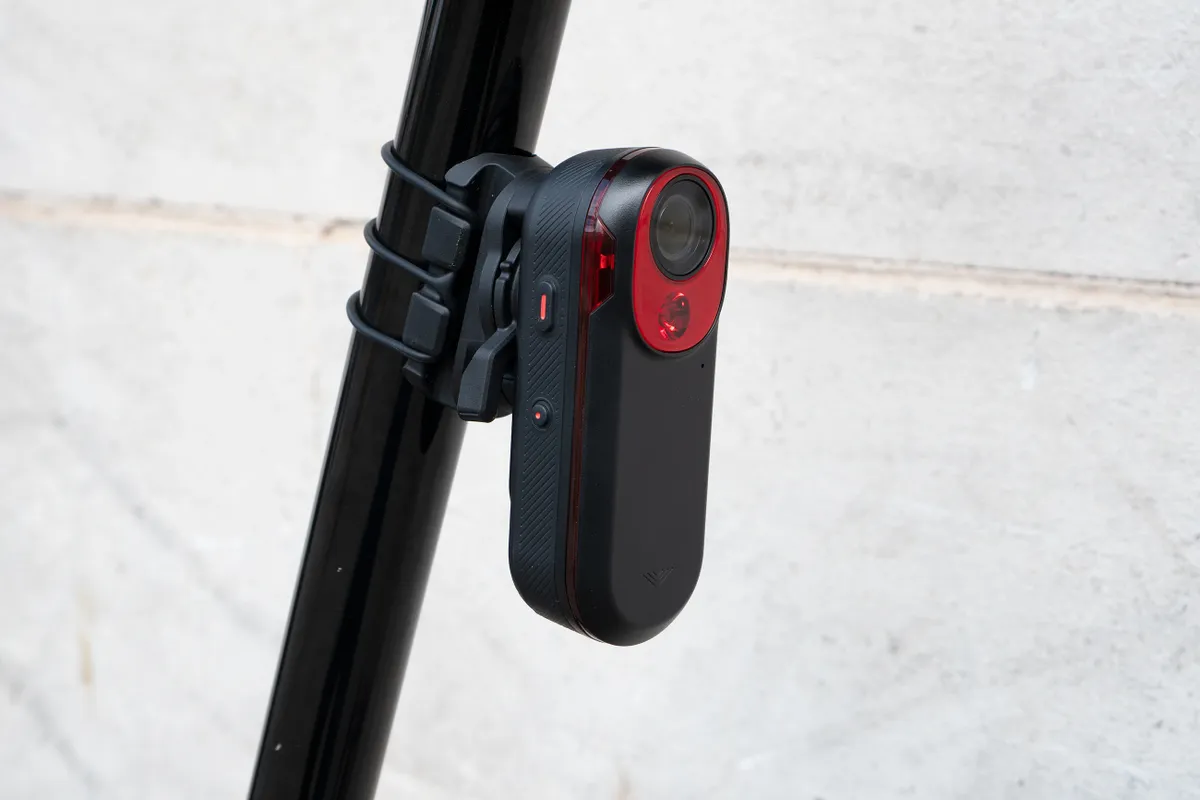
Rearview radars all use similar tech to the Garmin Varia, which was the first rearview radar for bikes, launched in 2015.
The rearview radar unit usually also houses a rear bike light and is angled to point more or less horizontally backwards when mounted to your seatpost.
The rearview radar emits a millimetre wavelength radar signal, which bounces off objects behind you. A detector collects the returning radar waves and analyses them. When it detects an object such as another vehicle moving towards it, it sends out a signal over ANT+ and BLE using a protocol defined by Garmin.
This signal can be picked up by a head unit such as a cycling computer, smartphone or smartwatch.
It’s interpreted by functionality in the head unit to provide an audible, visual and possibly a haptic alert. Most head units have a visual display of vehicle proximity and will provide approach speed information by colouring their display red or amber.
Multiple vehicles can usually be detected and their positions displayed simultaneously. This is dependent on being able to see past the first vehicle, which might not be the case if this is larger than the following ones.
Once no further approaching vehicles are detected, the rearview radar will send a notification to the head unit, which will in most cases display a green all-clear alert on screen and sound an all-clear alert.
The technology works with vehicles approaching at an angle, not just from directly behind, typically over a 200-degree-plus arc. It also works in the rain. Most units are IPX7-rated, meaning they have good water resistance – a necessity for electronics that are in the line of fire for spray from your rear wheel.
Quoted detection ranges are usually just over 100m, but can be significantly further than this on straight, flat roads. Motor vehicles are usually detected before you can hear them.
Rearview bike radar options
Garmin Varia
SQUIRREL_TEXT_13082524
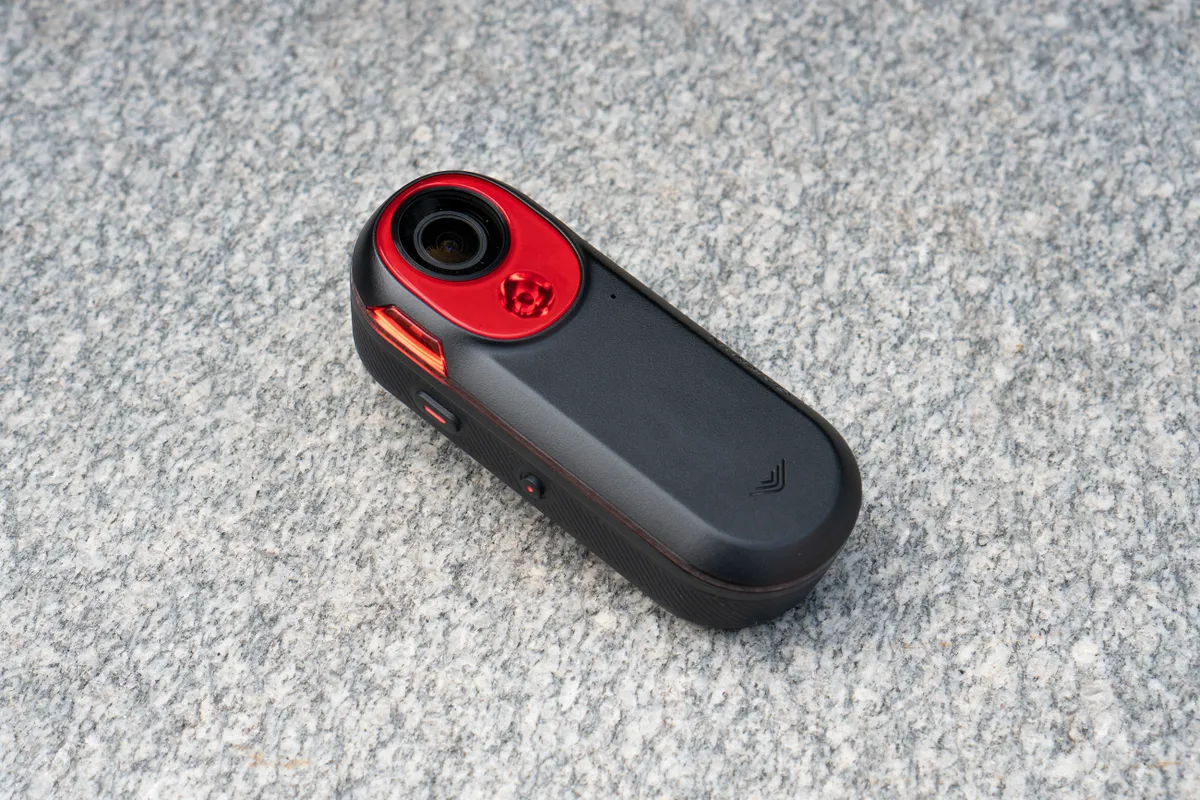
The original Garmin Varia was quite a clunky affair, which Garmin acquired when it bought the manufacturer iKubu.
It sat horizontally across the rear of the bike’s seatpost and included an array of not-very-bright red LEDs, which emitted only 15 lumens, although at 28g it was not heavy.
Garmin has revised and expanded its range of Varia radars and now has three options, all of which mount vertically to the bike’s seatpost for a more streamlined look.
They use a Garmin quarter-turn mount that attaches to the seatpost with a rubber strap and angles the light close to horizontally, so that it’s best able to detect events behind.
The base model Varia RVR315 includes only the radar without a taillight and weighs a claimed 51g.
The Varia RTL515 includes a taillight with a maximum 65-lumen output in day flash mode and weighs 71g.
The latest Garmin Varia RCT715 incorporates a 1080p/30 camera and an SD card, and weighs 147g.
All the Garmin Varia rearview radars have four mode options: high and low constant, day flash and night flash.
SQUIRREL_13082524
Bryton Gardia R300L
SQUIRREL_TEXT_13211644

There are relatively few non-Garmin rearview radars available, but Bryton and Magicshine have recently introduced units with integrated tail lights, both of which we have reviewed.
There is also a unit from iGPSport, which we have not used. All have a similar vertical orientation to the current Garmin Varia series.
The Bryton Gardia R300L has five modes, including a 73-lumen day flash mode, and weighs 70g. It can also change lighting patterns as a vehicle approaches and operate as a brake light.
The Bryton includes an ambient light sensor, which switches it from day flash to night flash mode. Its mount incorporates an in-built ladder strap, which feels a bit more secure than the separate rubber strap used by Garmin.
SQUIRREL_13211644
Magicshine Seemee 508
SQUIRREL_TEXT_13211645
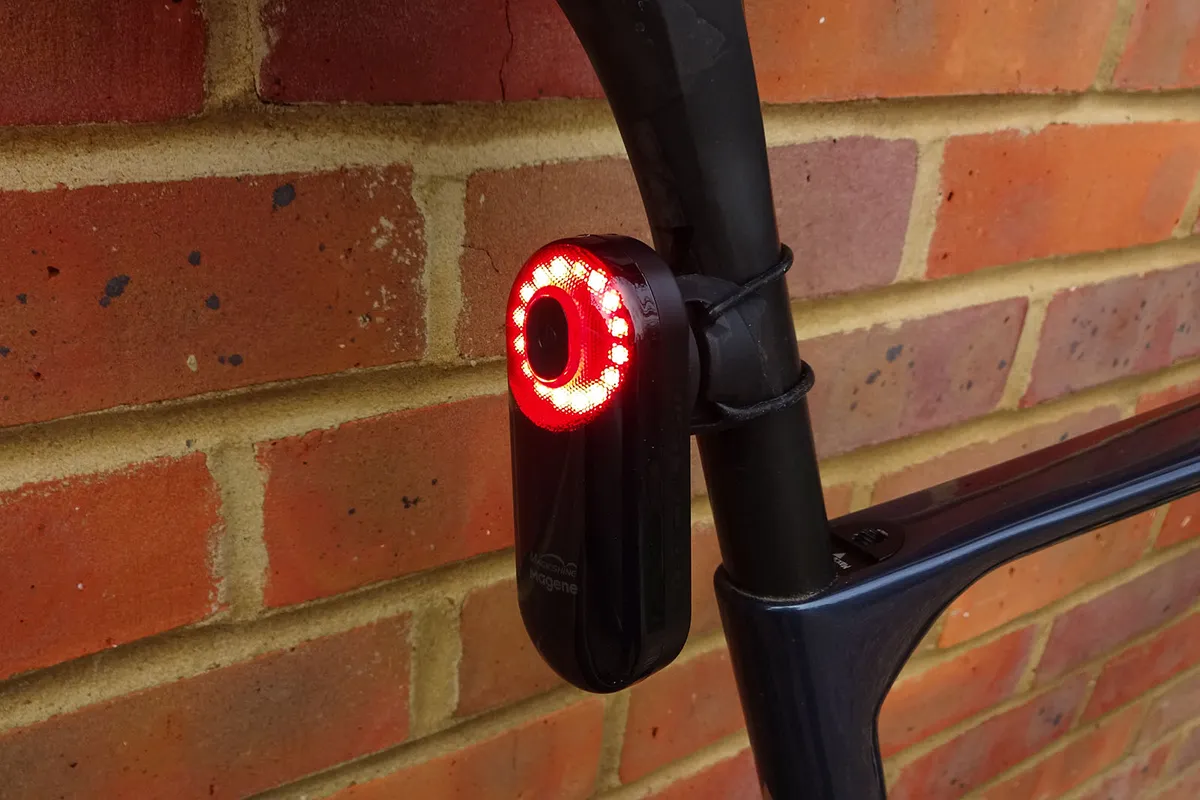
Magicshine’s rearview radar is the Seemee 508. It weighs 62g and has a total of six output modes as well as radar-only operation. It can be set up to switch to brighter constant illumination when you brake and also to shine brighter as a vehicle approaches.
Magicshine’s app enables you to change the lighting pattern and the unit’s behaviour, and update firmware.
The iGPSport SR30 radar taillight has a claimed 70g weight and five mode options, plus radar-only operation. Its claimed battery life is up to 20 hours with a tail light and 25 hours in radar-only mode, longer than the run times quoted by any other brand.
SQUIRREL_13211645
Wahoo Trackr Radar
SQUIRREL_TEXT_13211646

Wahoo has also released its Trackr Radar, which is designed to pair with the brand’s own bike computers – although it is said to also work with “other compatible Bluetooth or ANT+ bike computers".
Wahoo says that upon detecting an approaching vehicle, the built-in rear light powers up its flash pattern and brightness to increase rider visibility.
It also features an accelerometer, which detects braking, upping its output and flashing more aggressively when the rider decelerates.
Cannondale includes a Garmin rearview radar in its SmartSense integrated lighting on its endurance road bike, the Synapse.
SQUIRREL_13211646
Head unit options
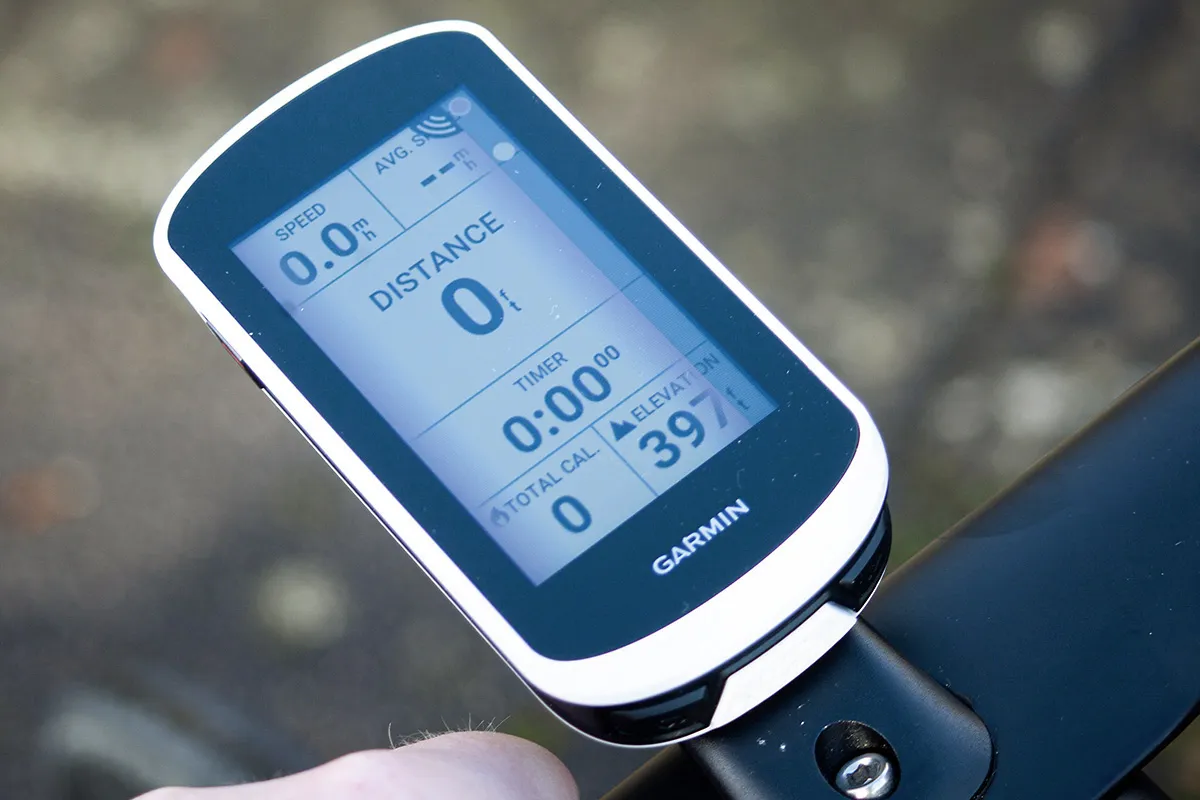
As well as a detector, you also need something to alert you that an approaching vehicle has been detected.
Garmin defined the protocol to communicate the data from your radar to a head unit. That might be a cycling computer, with all of Garmin’s current range and many of its legacy designs including the ability to display vehicle proximity.
You can download a widget to Garmin’s smartwatches that enables them to provide notification of detection. It’s a feature supported by a wide range of current and past models.
Garmin also sells a standalone bar-mounted head unit, which displays vehicle information via a series of LEDs. It additionally offers the Varia phone app, which can display vehicle proximity information on your smartphone.
As with the rearview radar itself, other brands have incorporated radar compatibility into their cycling computers and most recent releases have this. Popular examples include the Wahoo Elemnt and Hammerhead Karoo 2.
Bryton, Magicshine and iGPSport have phone apps similar to Garmin’s, which can be used to display proximity for approaching vehicles.
Rearview radar benefits
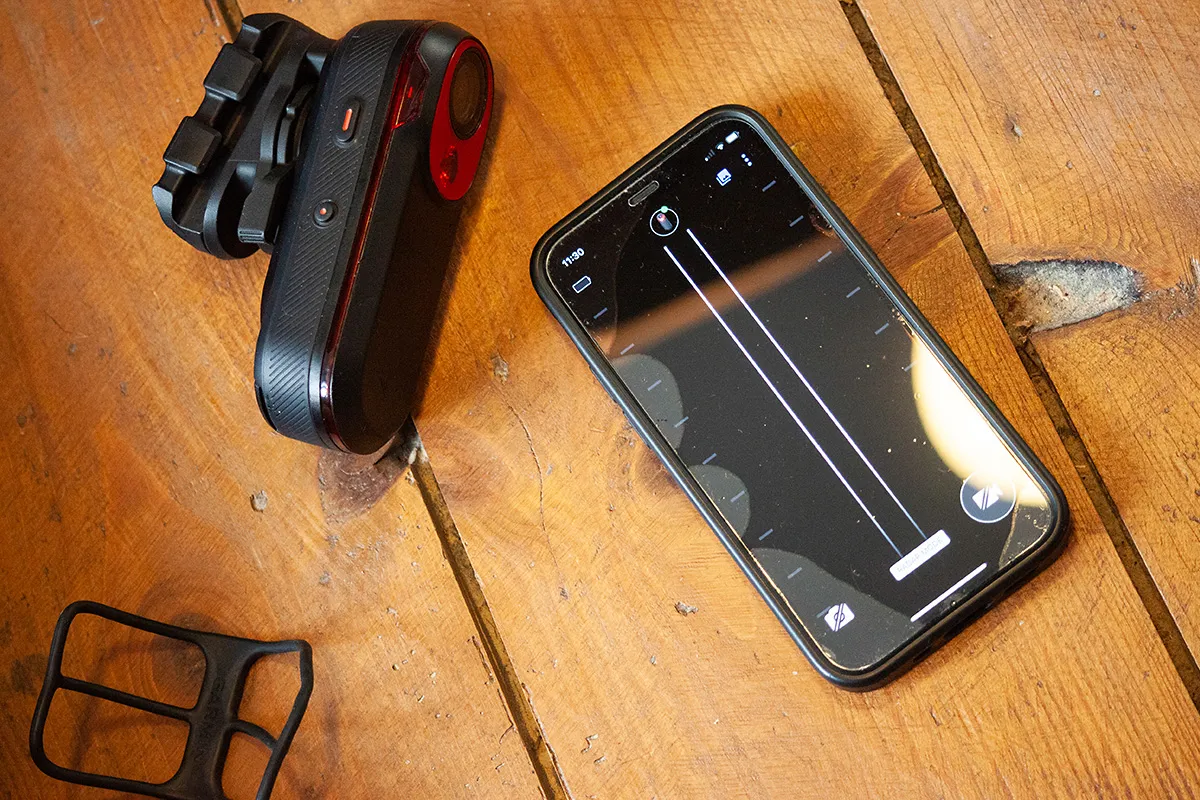
There’s no doubt that having a constant view of what’s happening behind you, rather than relying purely on your own eyes and ears, is of great benefit when riding on the road.
Although brands typically claim a detection range of just over 100m, it often appears to be significantly greater than this.
On flat open roads, a rearview radar can help you concentrate on your riding and on what’s happening ahead of you.
It’s also useful when descending or riding fast, when wind noise and the need to concentrate on the road ahead can make it difficult to detect a vehicle about to pass you.
Radar units typically claim around a 40-degree detection angle, so vehicles approaching from oblique angles are usually detected.
Most, if not all, rearview radars can also be set to change their lighting pattern as a vehicle approaches, which is designed to alert drivers. This might be a swap from a flashing to a constant mode, an increase in brightness or both.
There’s often an accelerometer built into the rearview radar unit, which enables you to use the rearview radar as a brake light and may also act as an incident detector if you have a fall.
If you’re using your rearview radar as an aid to safety, you want to be sure it’s working, so computer head units will usually display an alert when the radar is first connected up. An icon in the corner of their screen while riding indicates the radar is still operational.
If your battery starts to run low, most radar units will switch to a lower-power mode. You’ll usually receive an audible and visual alert on your head unit to notify you that the radar has a low battery and another when it is about to switch off. Your head unit will usually also provide an alert that the radar has been disconnected.
Rearview radar disadvantages

The main downside of rearview radar technology, which applies to all designs regardless of brand, is that detection relies on the difference in velocity between you and the approaching vehicle.
That means any other road user travelling at the same speed as you will not be detected. This most typically happens when a driver slows down, waiting for an opportunity to pass, when you will often get an all-clear signal on your head unit.
Depending on the circumstances, the vehicle may or may not reappear when its driver decides to overtake. If there are multiple vehicles behind you, subsequent vehicles may still be travelling at your speed, and so not appear on the radar until they choose to overtake.
On a twisting road, following vehicles may repeatedly disappear and then be re-detected as obstacles, such as tree trunks or banks, get between you and them.
Thus, you can’t assume that because there’s no alert on your head unit there’s nothing behind, nor can you assume that because one vehicle has passed you there are no more following.
You can also get false positives from the radar. These most typically seem to happen on windy days, when the movement of tree branches can lead to an alert, then an all-clear signal. Again, check behind to make sure you know what’s happening. Occasionally, a rearview radar can give you a false positive for no apparent reason.
If you’re riding parallel, or even at an angle to another road, you may get alerts for vehicles that are travelling on that road, not yours.
Occasionally, a vehicle might not be detected. The reason for this is unclear, but it does appear to happen more with some brands of rearview radar than others. Staying alert and not relying on your radar is key to its safe use.
Rearview radar battery life
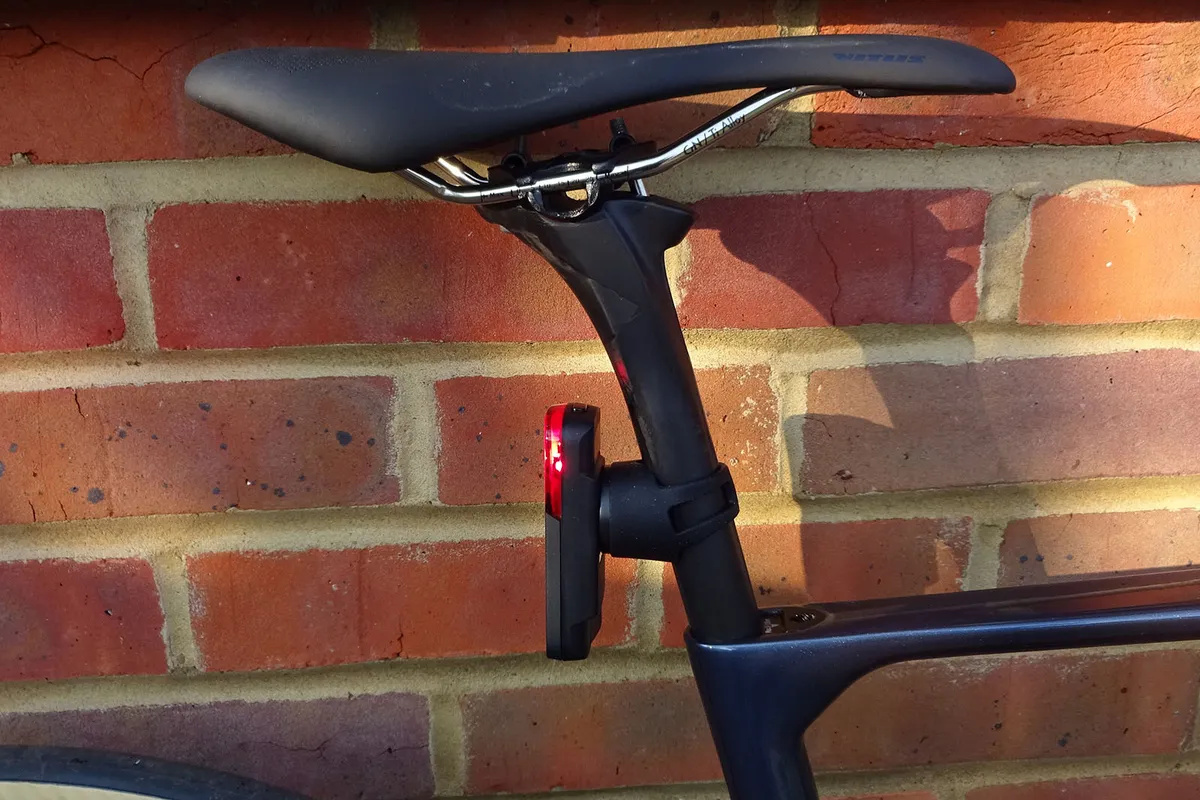
Most users will want to use the tail light built into the majority of rearview radars and it is this, along with use as a brake light, which is the major determinant of battery life, rather than the radar itself.
There are a wide variety of claimed run times for these units: Garmin quotes between three and six hours for its top-spec Varia RCT715 camera/light/radar unit and up to 16 hours for the RTL515 radar tail light; Bryton claims between eight and 17 hours; Magicshine between four and 18 hours; and iGPSport around 20 hours.
Used only as a radar, the claimed battery life is a few hours longer.
Rearview radar cost

Rearview radars remain a more expensive option than a typical tail light, even a sophisticated one. But the cost differential isn’t huge and the outlay is comparable to or lower than many higher-powered front lights.
The Garmin Varia RCT715 is considerably more expensive than the alternatives, but does include a camera.
Newer entrants are lowering the cost and there are often discounts to be found too.
You’ll also need something to display the data from the radar tail light, and some are costly. But if you already have one, many cycling computers have the functionality built in. It can also be added to many Garmin smartwatches.
If you’re a more casual rider, loading an app to a smartphone is a lower-cost alternative. There are many phone mount options to attach your phone to your bike’s handlebar.
